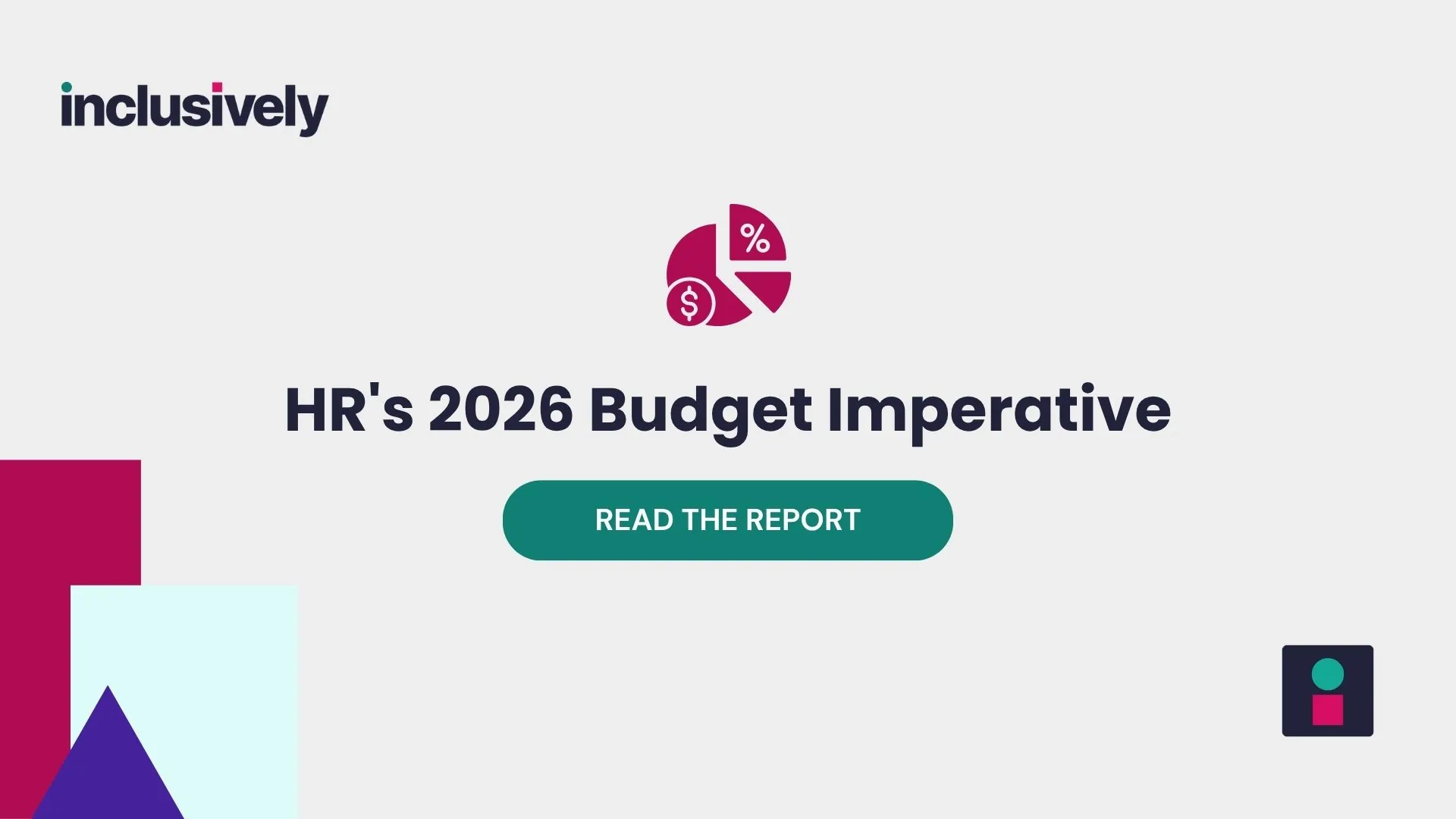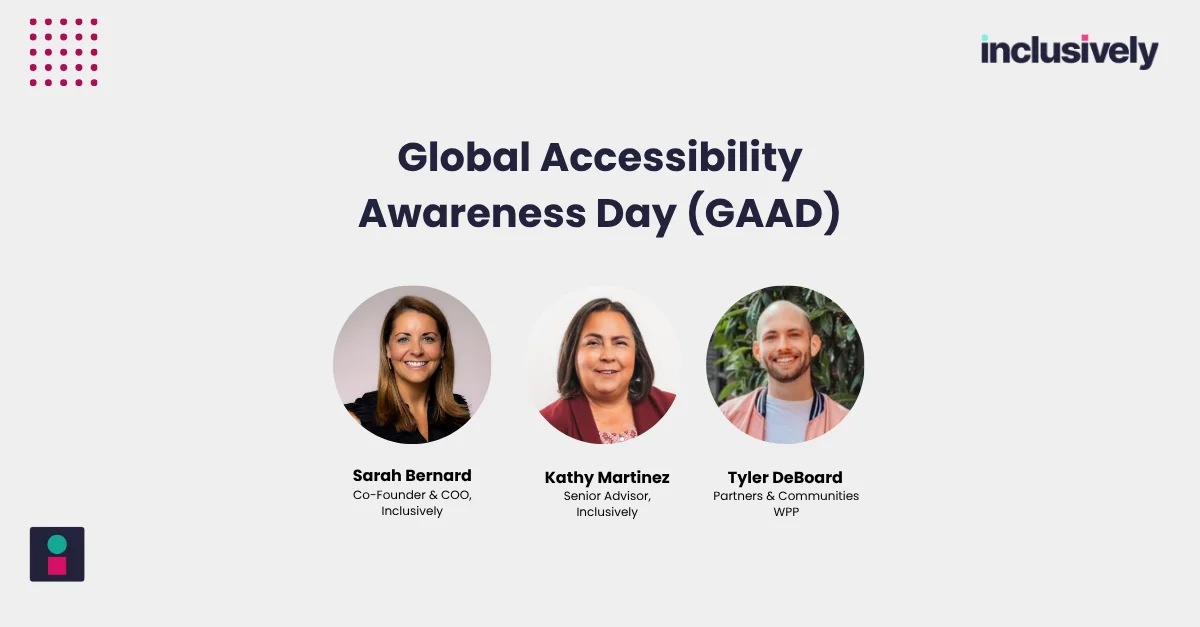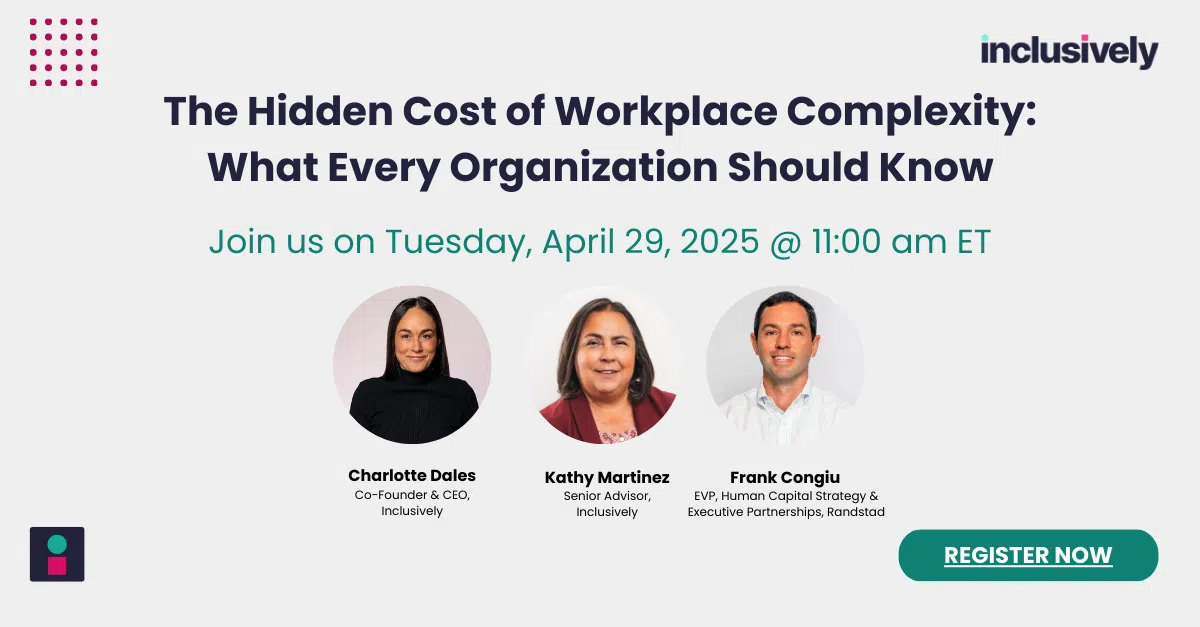At Inclusively, we are committed to promoting diversity and inclusion in the workplace. That’s why we’re excited to announce the launch of the Inclusively Community – designed to provide a space for job seekers, employers, and advocates to learn, collaborate, network and stay connected.
The Inclusively Community brings together diverse individuals to share knowledge, experiences, and best practices related to diversity inclusion, and workplace culture. It offers a range of resources and opportunities to help members build their skills, learn about new opportunities, connect with others, and promote a more inclusive workplace culture.
One of the key features of the Inclusively Community is its trainings and new Learning Center with topics including inclusive hiring, cultural competency, and inclusive communication tips. We also have new micro-trainings that detail our Success Enablers and how they’re implemented in the workplace.
In addition to the Learning Center, the Inclusively Community also offers a range of networking opportunities. Members can connect with others in their field, attend virtual events, and participate in group discussions. These networking opportunities are a great way to build relationships and learn from others who share the same passion for diversity and inclusion.
Perhaps most importantly, the Inclusively Community is a place where everyone can feel supported and empowered on their career journey. We invite you to join the Inclusively Community and become part of an inclusive and welcoming space where members can share their experiences and perspectives, learn from others, and feel a sense of belonging.
To get started in the Inclusively Community, please visit https://app.inclusively.com/community. To schedule a demo and learn more, contact our team.


